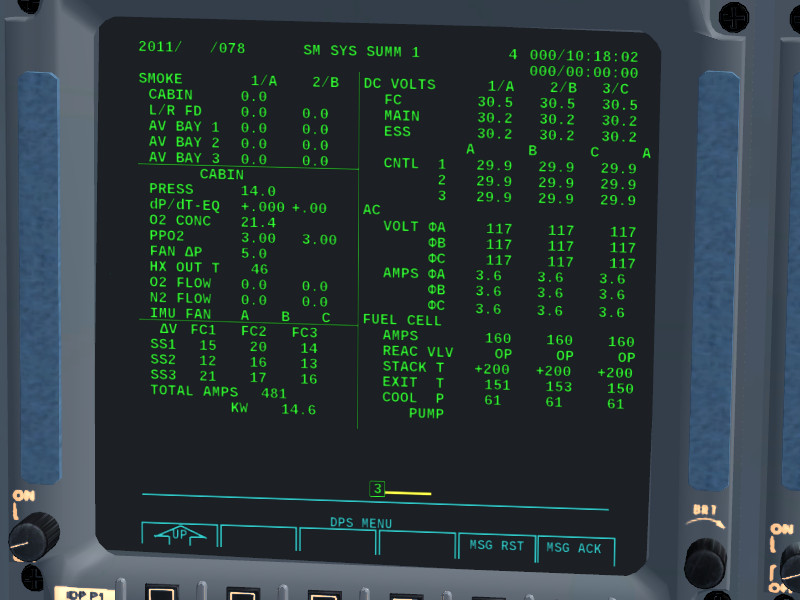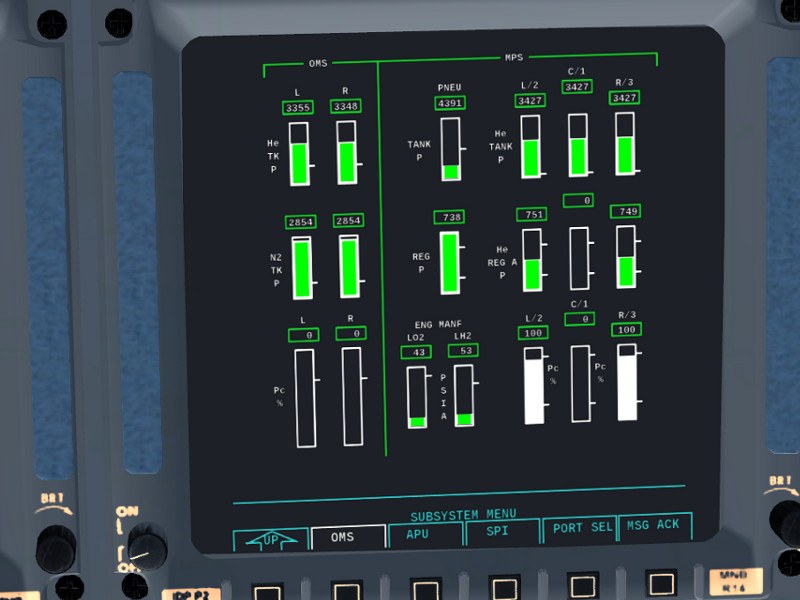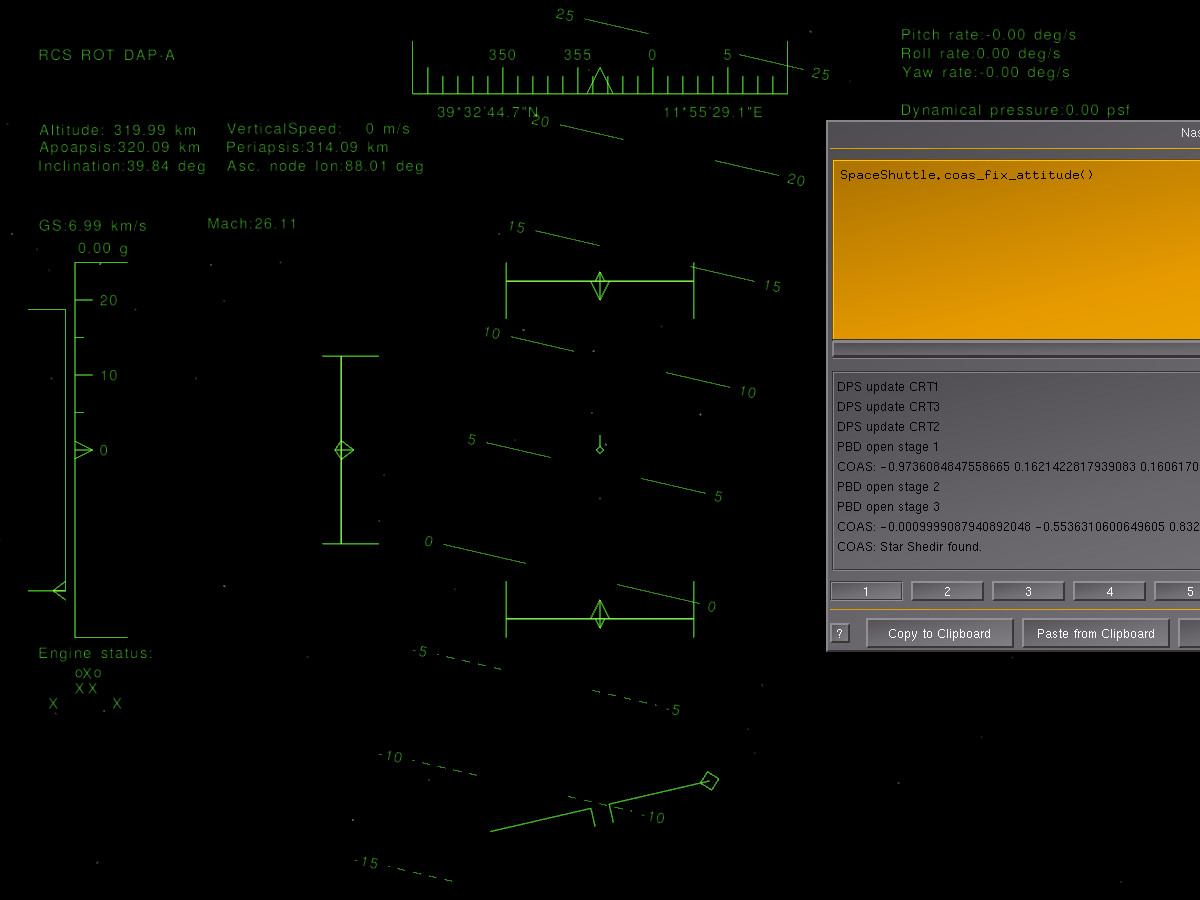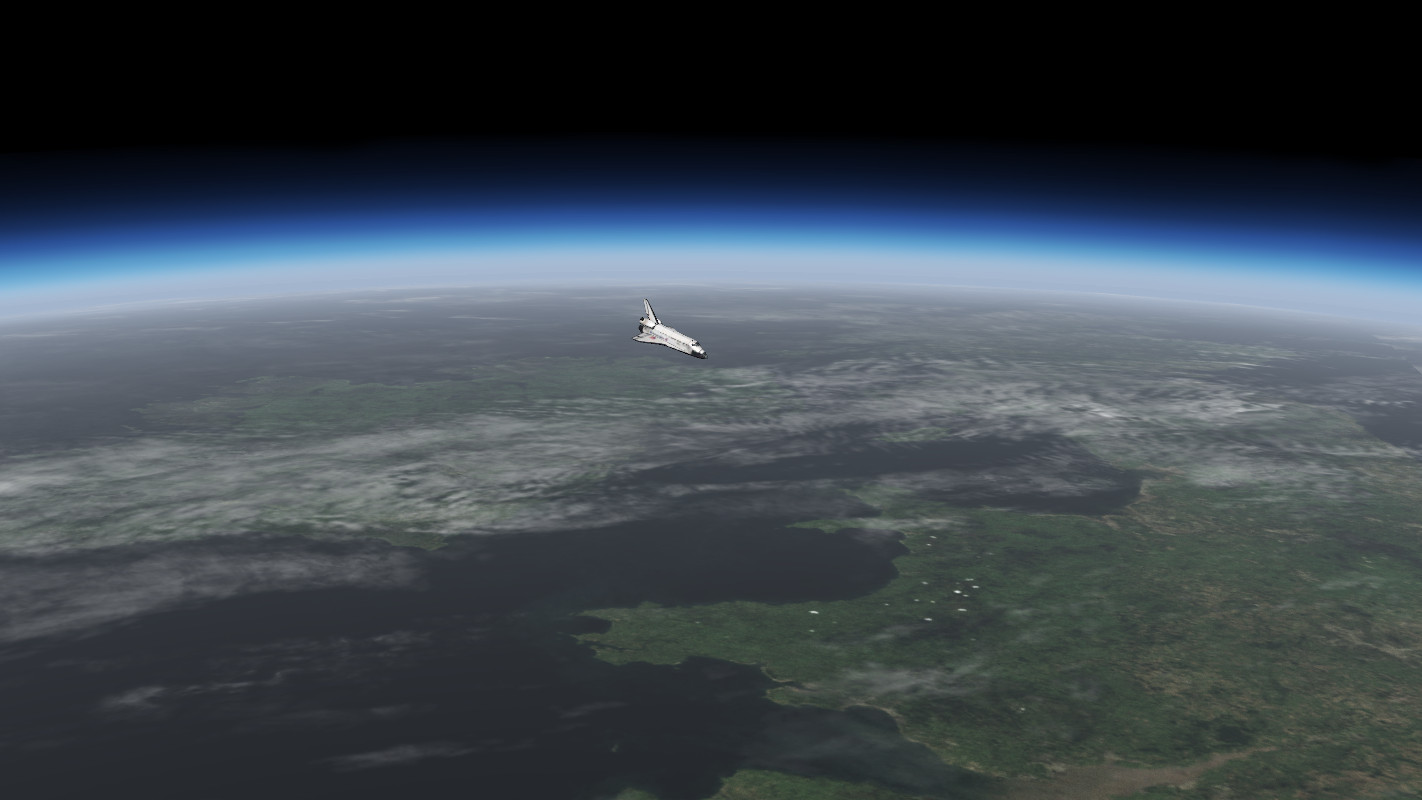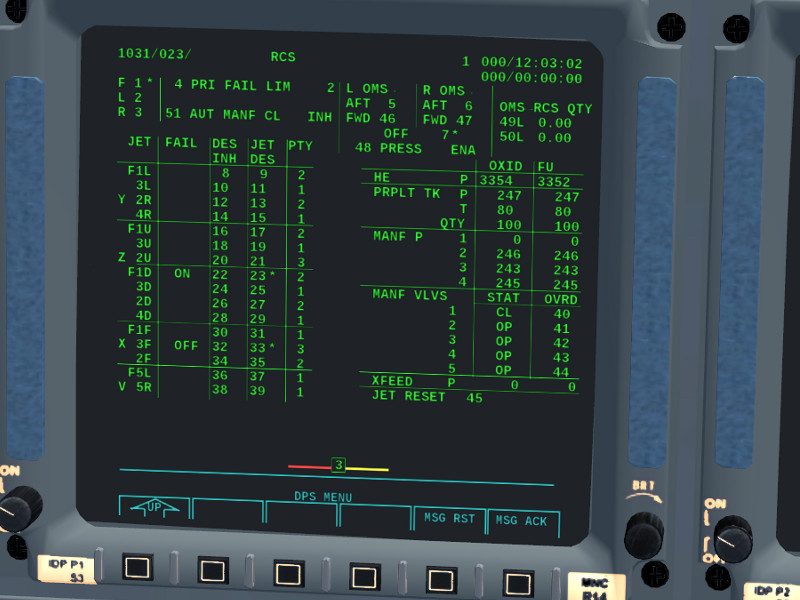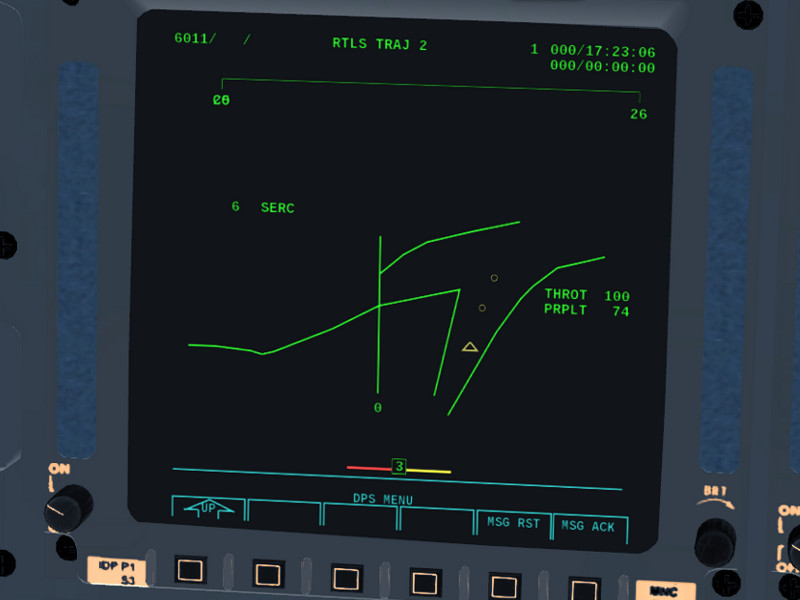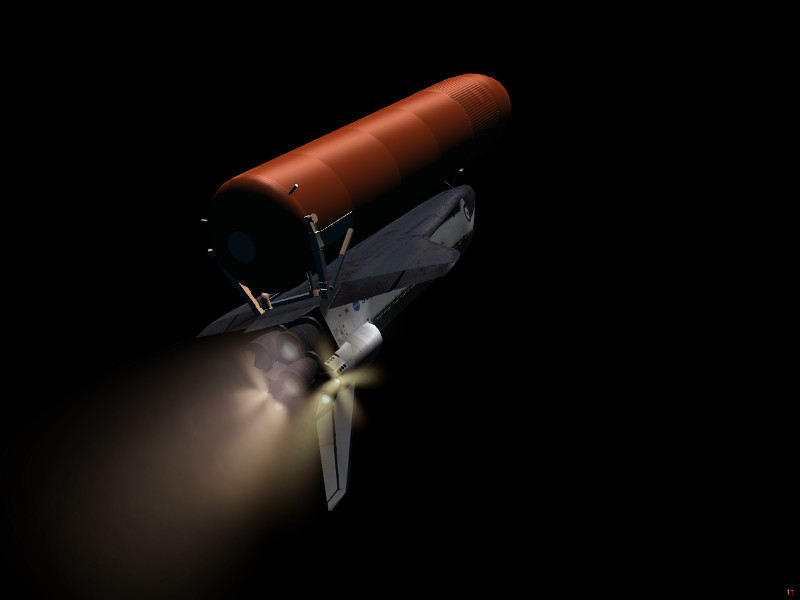Thorsten
Active member
- Joined
- Dec 7, 2013
- Messages
- 785
- Reaction score
- 56
- Points
- 43
Not sure if it makes sense that way. Alone because before you would need this, the five center displays would have to fail first.
We are modeling something with a high degree of redundancy built in. Truth is, I don't know if the IDP does this or not, but it begs the question what would happen otherwise if you'd select DPS MENU via the edgekeys on every MDU. My guess is that you'd see duplicated displays because each IDP feeds 'its' DPS page to all MDUs at the respective port, but it's equally possible that the screen blanks.
But the idea with the Auroras is nice, I wonder if a rendering client for Orbiter could also do that.
Sure - as far as I know, DirectX and OpenGL aren't that different in the algorithms they use, it's just on the level of syntax.
The aurora is basically painted on an otherwise transparent cylinder going through Earth as a projection surface
Vertex shader is basically a pass-through:
https://sourceforge.net/p/flightgear/fgdata/ci/next/tree/Shaders/planet-aurora.vert
Fragment shader takes the desired visual characteristcs as uniforms and paints (knowing the geometry of the projection cylinder in model space):
https://sourceforge.net/p/flightgear/fgdata/ci/next/tree/Shaders/planet-aurora.frag
It calls my GLSL noise lib for 2d Perlin noise:
https://sourceforge.net/p/flightgear/fgdata/ci/next/tree/Shaders/noise.frag
If you have a DirectX shader savvy person around, it should be easy to port.

